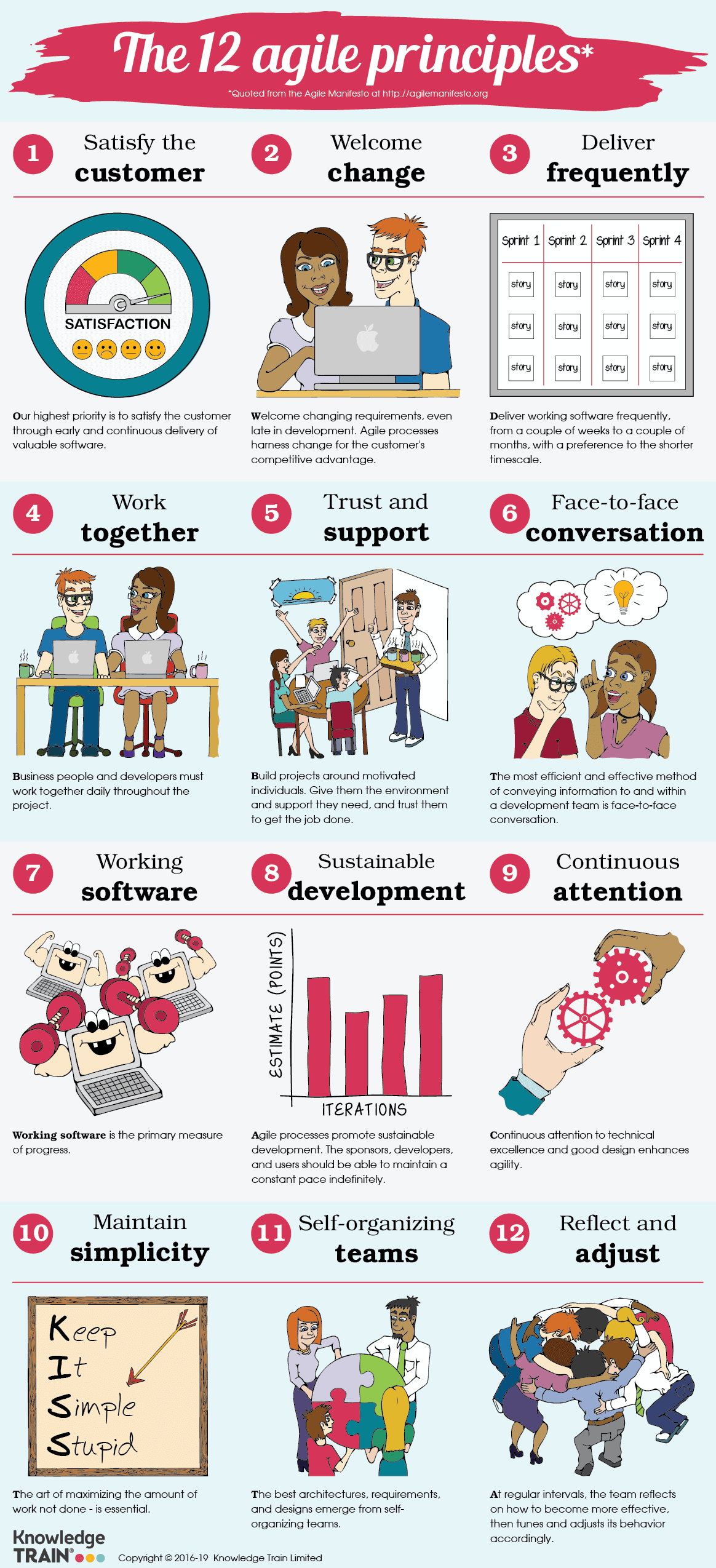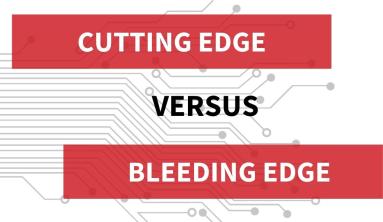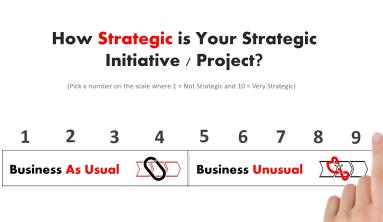The 12 Agile Principles—Infographic
Agile Project Management is becoming more popular on projects and is rapidly replacing more traditional project methods and approaches. So, what makes agile so popular? Well, we think it’s because agile has certain advantages compared with traditional ways of approaching projects. Traditionally, projects assumed that requirements were known at the start. Whilst that might be true sometimes, most of the time requirements are often unknown or vague at the start of a project. This means that they will change as the project progresses.
On a traditional project, change was managed using something called "change control." This relied upon strict control being kept over the versioning of products, and authority is given to those who were able to authorize changes to those versions. Change control in this way was often bureaucratic and required a lot of documentation and overhead to track who made changes and when.
Agile takes the opposite approach. Rather than assuming that requirements are certain, agile assumes that requirements are uncertain. Therefore, one of the aims of agile is to deliver early and often to the customer.
Frequent releases enable the customer to use the product and to provide feedback to the development team about how to improve it. These customer reviews also act to focus the mind of the customer and help them clarify what exactly they need the project to deliver.
Agile works best when the work is organized around multiple short iterations. Each iteration has a simple plan covering the work to be done in the iteration. Work is prioritized by the team and the customer so that all the features of the products which "must" be delivered are delivered within the iteration. Less important features which "should" be delivered can also be planned for. If there’s still time left at the end of the plan, then some additional features "could" also be delivered.
This prioritization of requirements is a key agile technique and enables the team to focus on the things which are most important to the customer. In turn, this means that the customer gets a product that more accurately reflects what he/she wants.
At the core of agile is the Agile Manifesto. This was a statement signed by the "founding fathers" of agile. The manifesto refers to the 12 Agile Principles. These principles are designed to act as a guide to the members of an agile team.
These principles are invaluable to agile team members who want to remind themselves of what agile really is all about. At its heart agile is a mindset, a way of thinking. It doesn’t rely upon complex rules. In fact, agile detests complexity and unnecessary rules. One of its principles is to maintain simplicity. Other principles stress a customer-focus and constant refinement of the working product.
Agile encourages self-organizing teams to work alongside the customer using face to face communication. Agile often uses low-tech, low-bandwidth tools, such as whiteboards and flipcharts, rather than high-bandwidth planning tools.
If you or your team is embarking on agile, or are even experienced in agile methods and frameworks, this infographic can act as a colorful reminder of the 12 Agile Principles.

Via: https://www.knowledgetrain.co.uk/agile/agile-principles
![[INFOGRAPHIC] The 12 Agile Principles](/sites/default/files/2022-09/2022-09-22_22-29-58.png)




